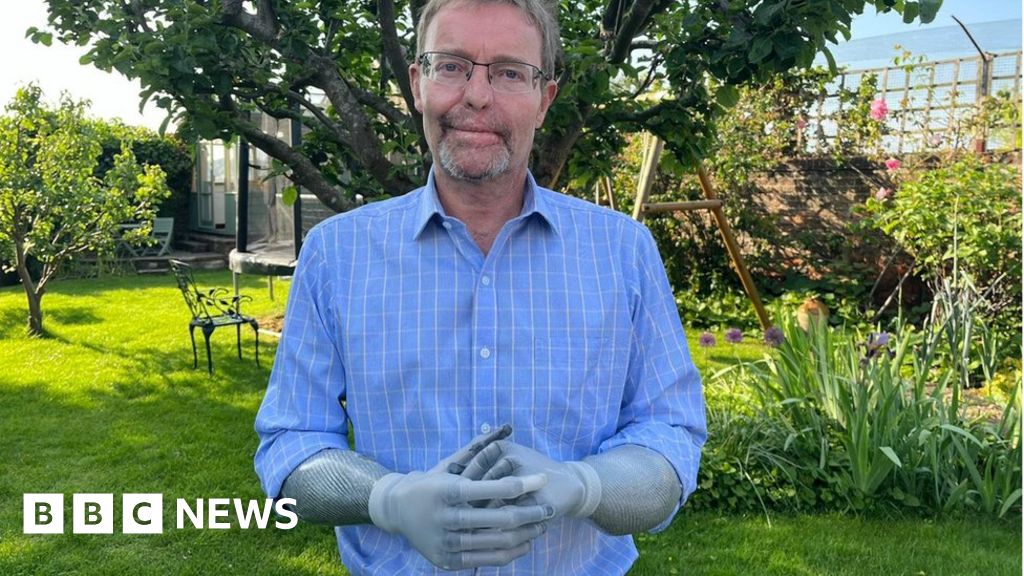People with buildups of ear wax are being left with hearing loss and socially isolated because of an NHS “postcode lottery” in removing it, a new report claims.
Ear wax removal services have declined so dramatically that 9.8 million people in England now cannot access help on the NHS, forcing some to pay a “tax on wax” for private treatment.
The report, from the RNID hearing loss charity, also found that more than half of NHS commissioners are breaching official guidelines by not ensuring that all adults can access care.
The RNID, formerly the Royal National Institute for Deaf People, said its “horrifying” findings highlighted the misery people who cannot get wax removed are suffering.
“Ear wax buildup can cause painful and distressing symptoms – such as hearing loss, tinnitus and earache – and lead to social isolation and poor mental health,” the RNID said.
“With a patchy service across England, many people are left living in silence or forced to pay for private removal,” it added. Non-NHS providers charge £50-£100 a visit to suction wax out. Older people and those who wear hearing aids are most likely to experience buildups.
Only 18 (43%) of the NHS’s 42 integrated care boards (ICBs) are offering the full wax removal service to all adults in their area which the National Institute for Health and Care Excellence (Nice) recommends, freedom of information requests submitted by the RNID showed.
Fifteen other ICBs provide more limited access, sometimes only to over-55s, but seven offer no care at all.
“There is no medical reason for the withdrawal of this vital service. It’s absolutely wrong that people in England who need ear wax removal to be able to hear and take part in everyday life are being left to face painful and debilitating symptoms, forced to fork out for private treatment, or risk dangerous self-removal methods,” said Victoria Boelman, the charity’s director of insight and policy.
Until 2019 almost anyone in England with a buildup of wax in their ear was able to have it removed by visiting their GP surgery, usually by a practice nurse. However, there has been a dramatic erosion in availability of the service since then, despite the ageing population.
That has prompted people to go private or try to remove wax themselves using hair clips, paperclips, toothpicks, cotton buds or ear candle, the RNID warned.
About 2.3 million people across the UK need to have ear wax removed regularly, Nice believes.
after newsletter promotion
The charity also claimed that the NHS’s advice to patients on how to get rid of wax – by using ear drops or sprays – is “often incomplete, potentially unsafe and not based on evidence”. Four out of five people do not dislodge their wax by using such methods, it added.
NHS England declined to comment directly on the widespread lack of access or the RNID’s concerns about its advice to patients.
A spokesperson said only that: “The NHS has information available online at nhs.uk regarding ear wax safety and people can go to their local pharmacy for advice over the counter.
“Integrated care board (ICB) commissioning teams should ensure that information about ear wax removal services is made available locally so that patients can be signposted or referred to the most appropriate NHS services where symptoms persist following self-care methods.”

Sarah Carter is a health and wellness expert residing in the UK. With a background in healthcare, she offers evidence-based advice on fitness, nutrition, and mental well-being, promoting healthier living for readers.








